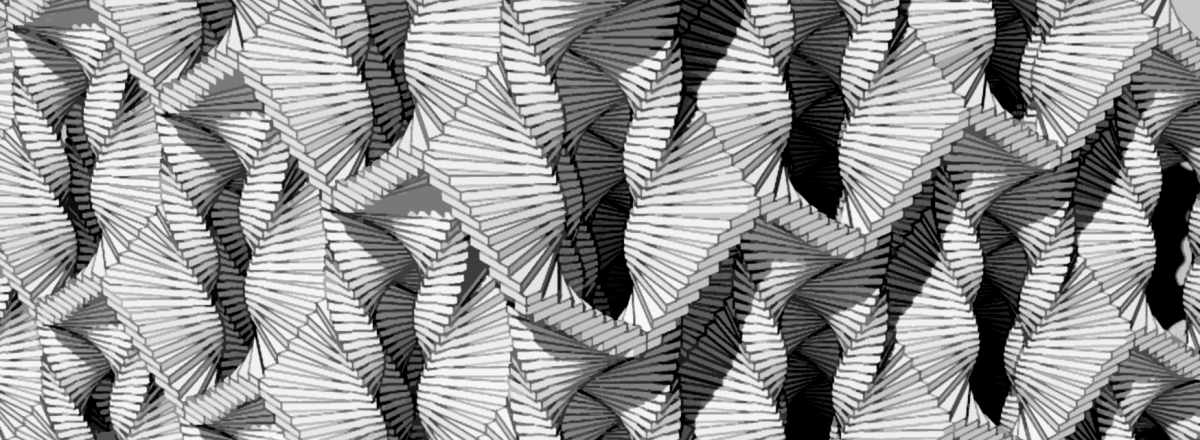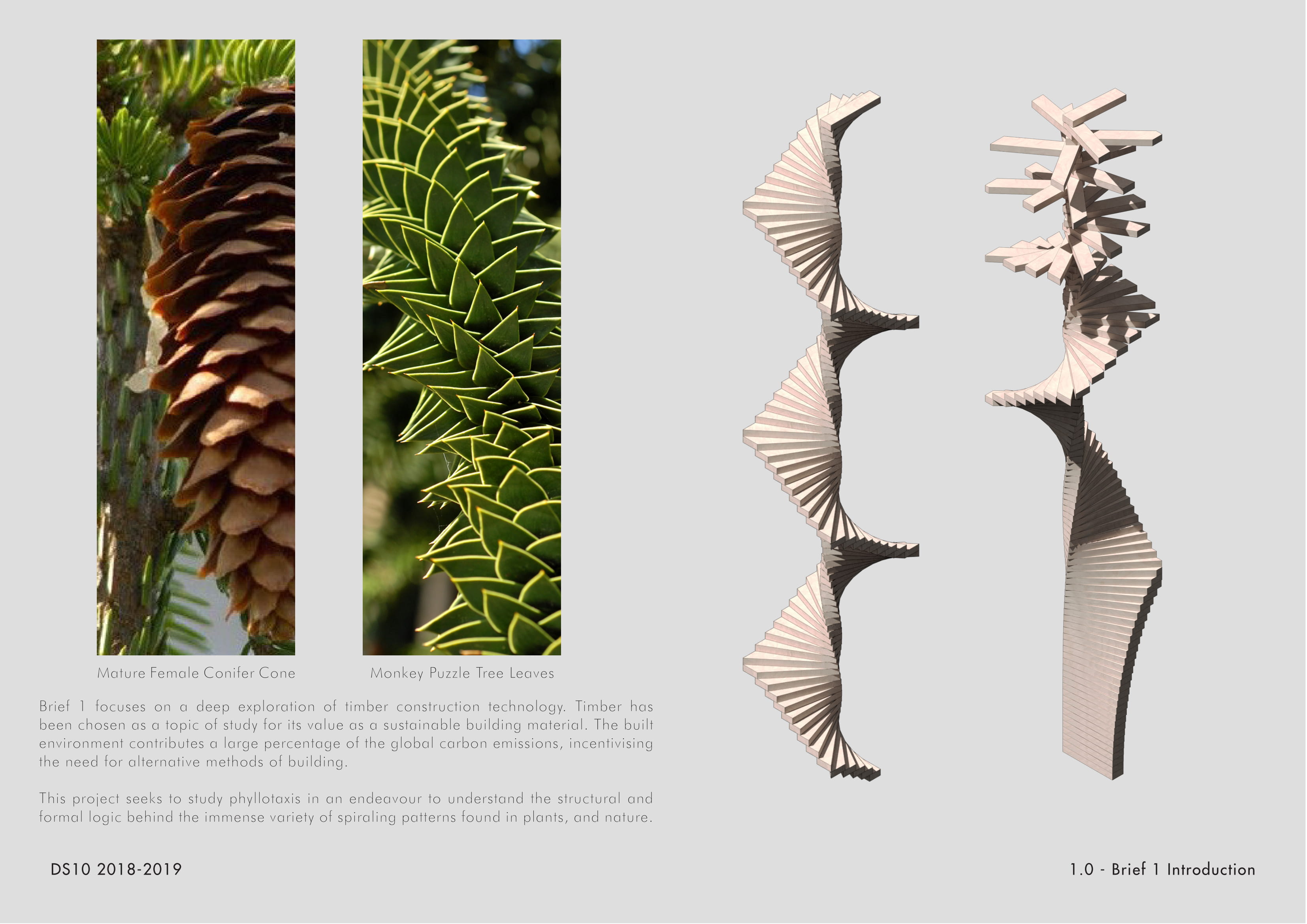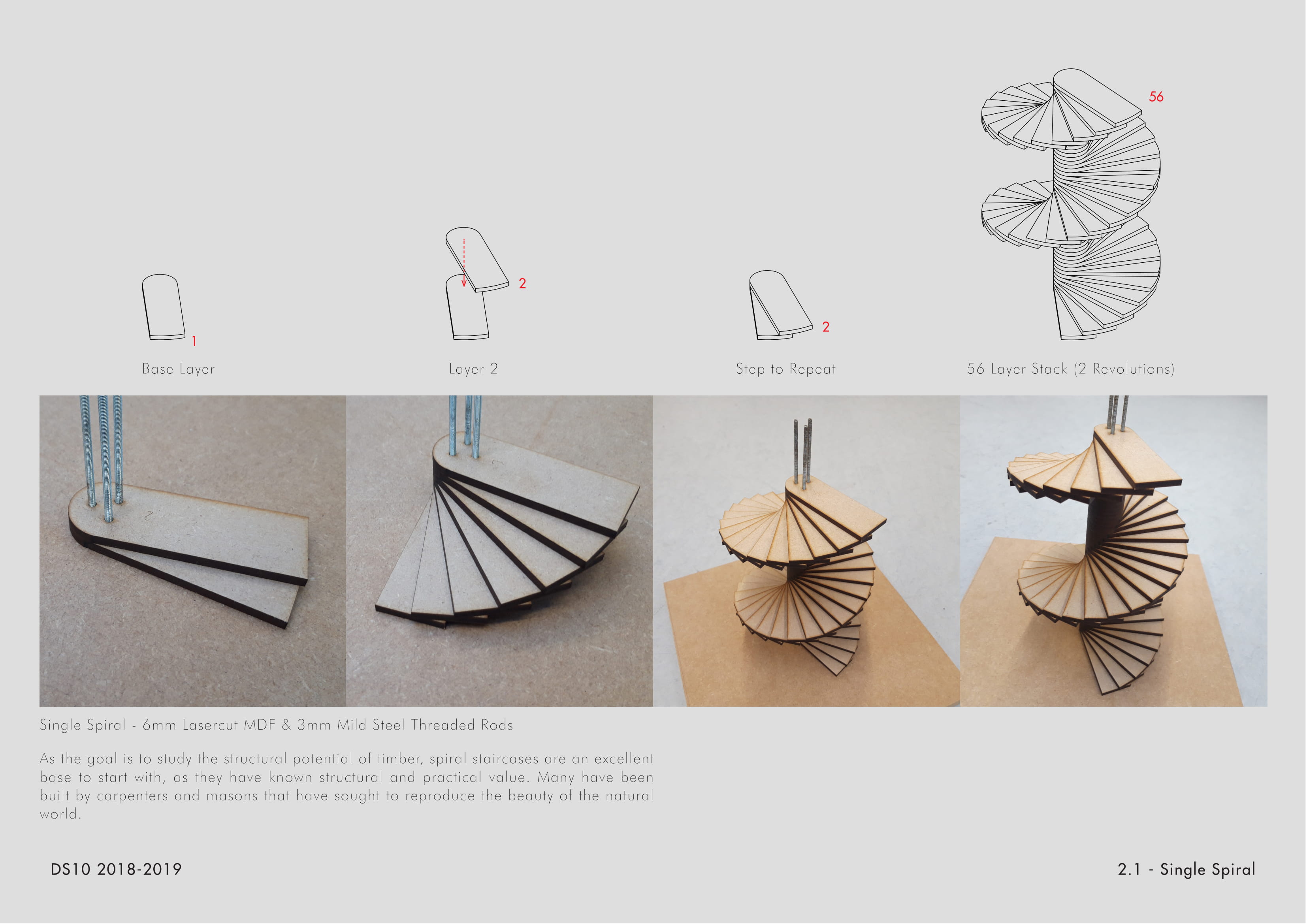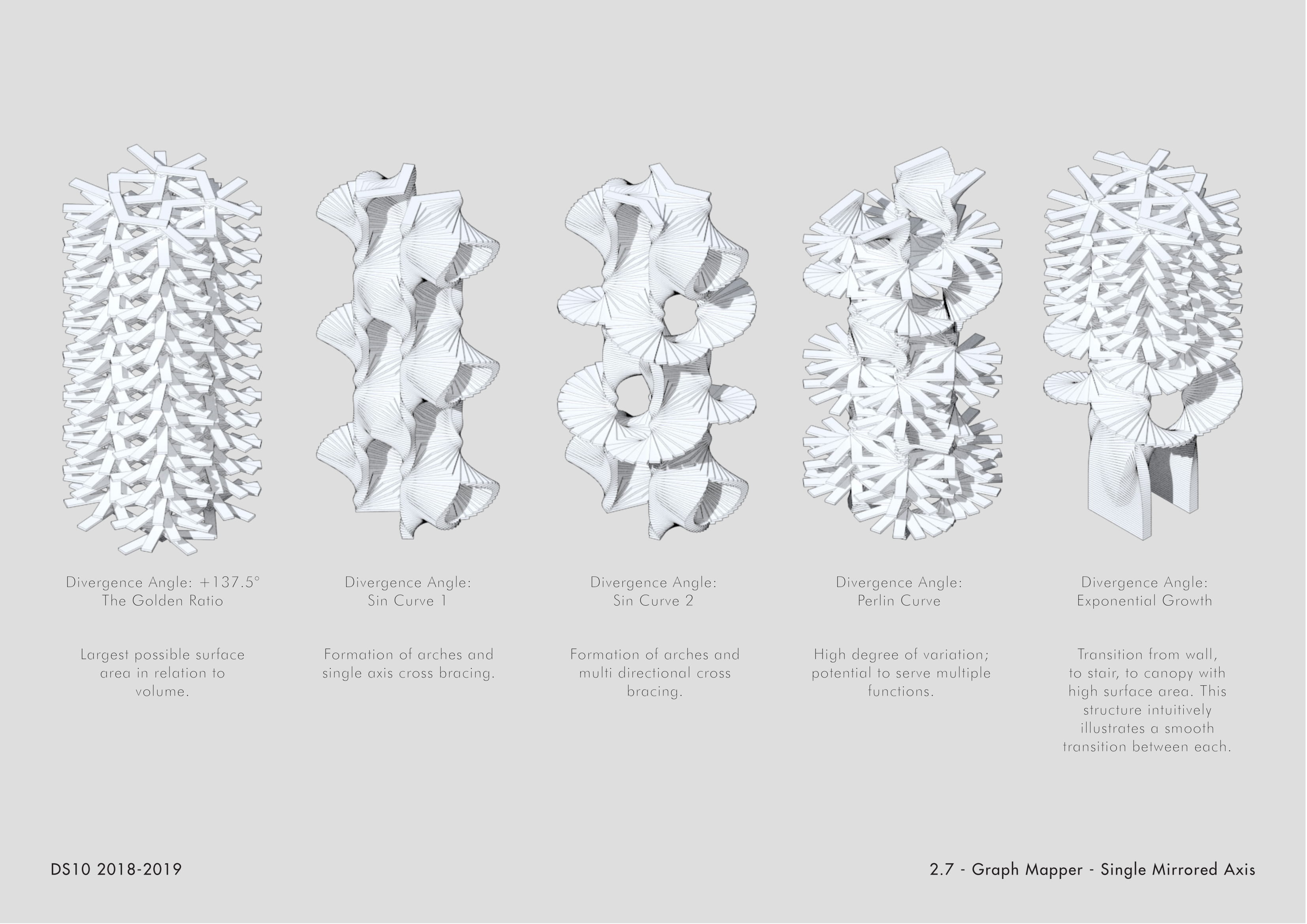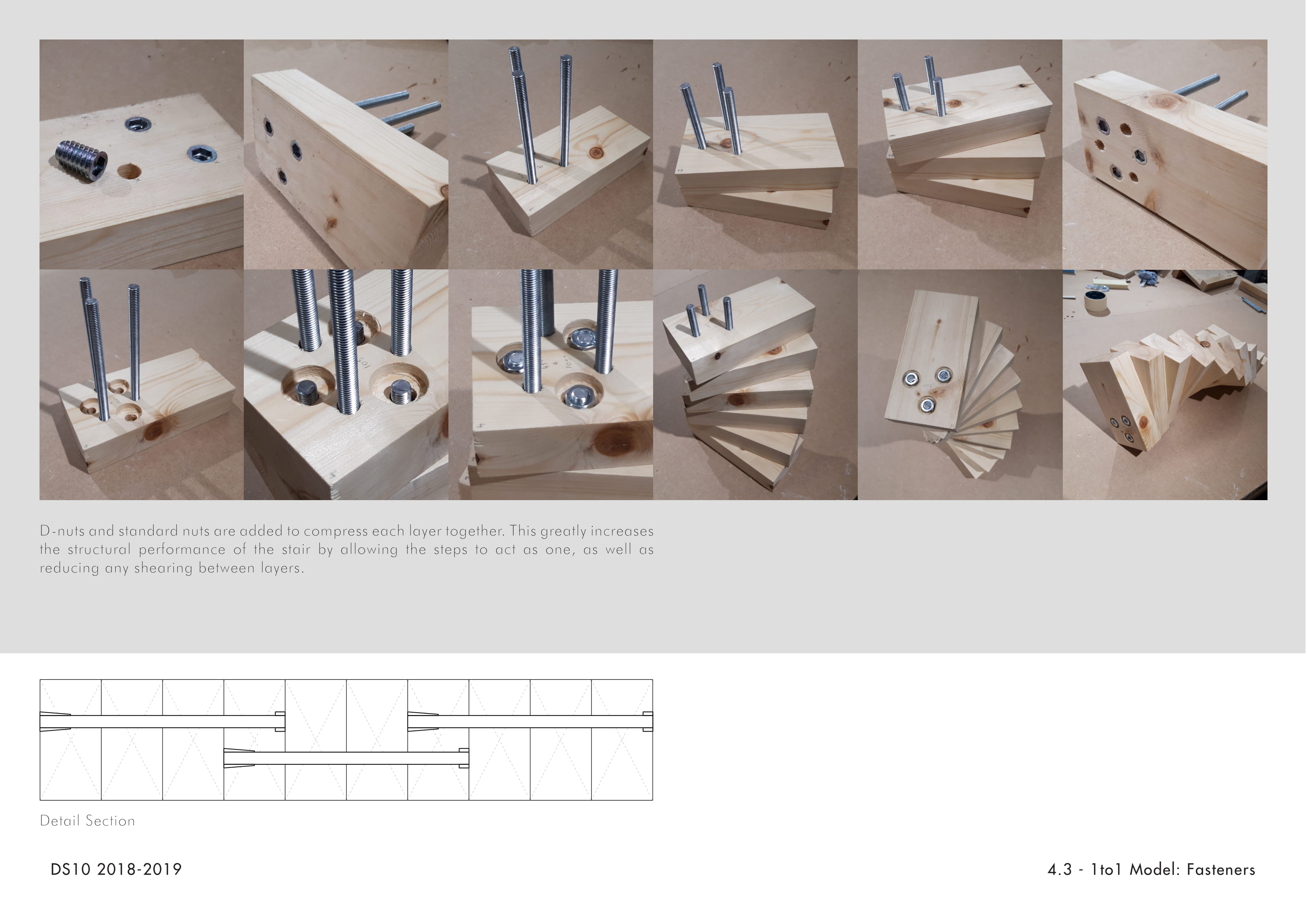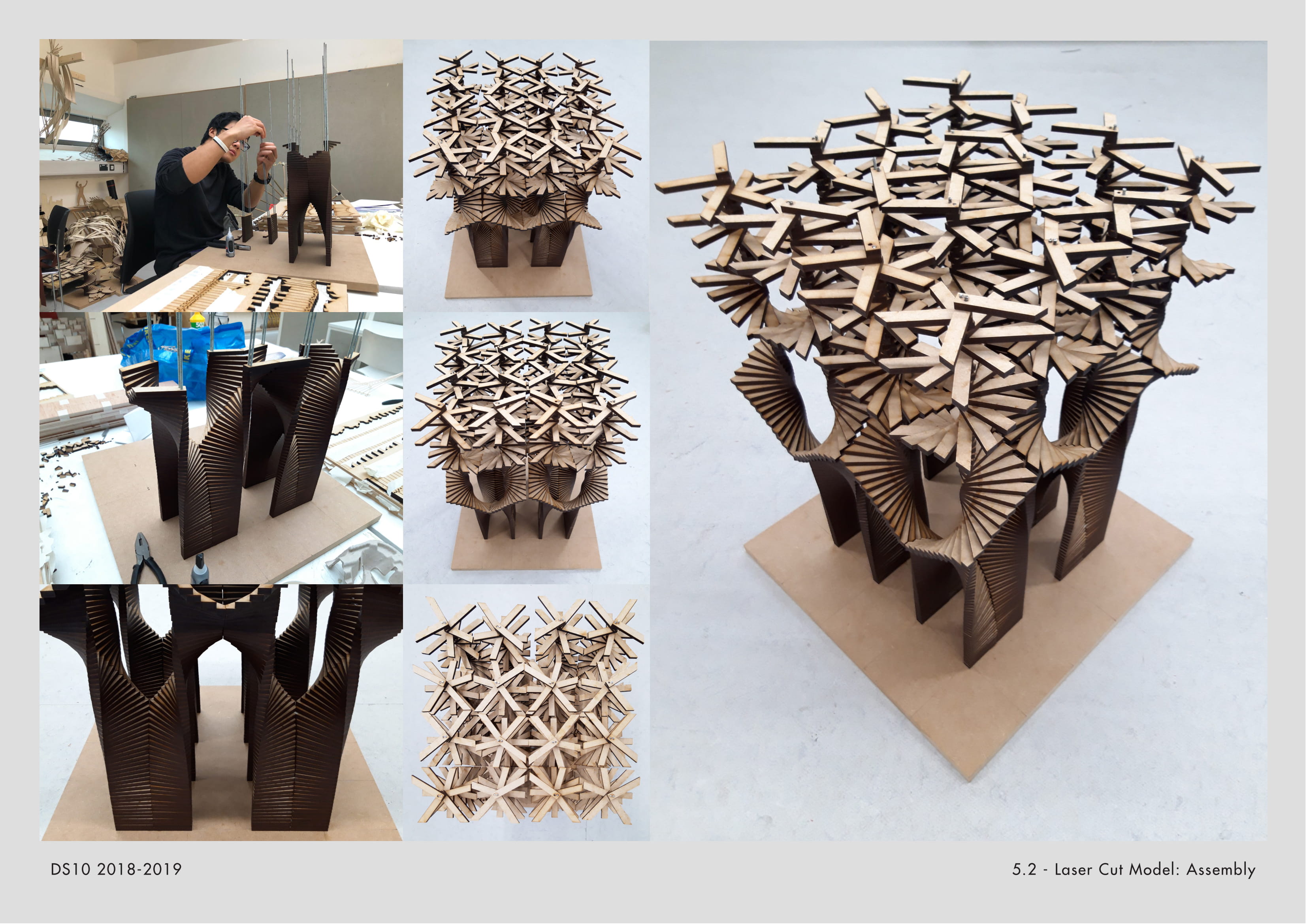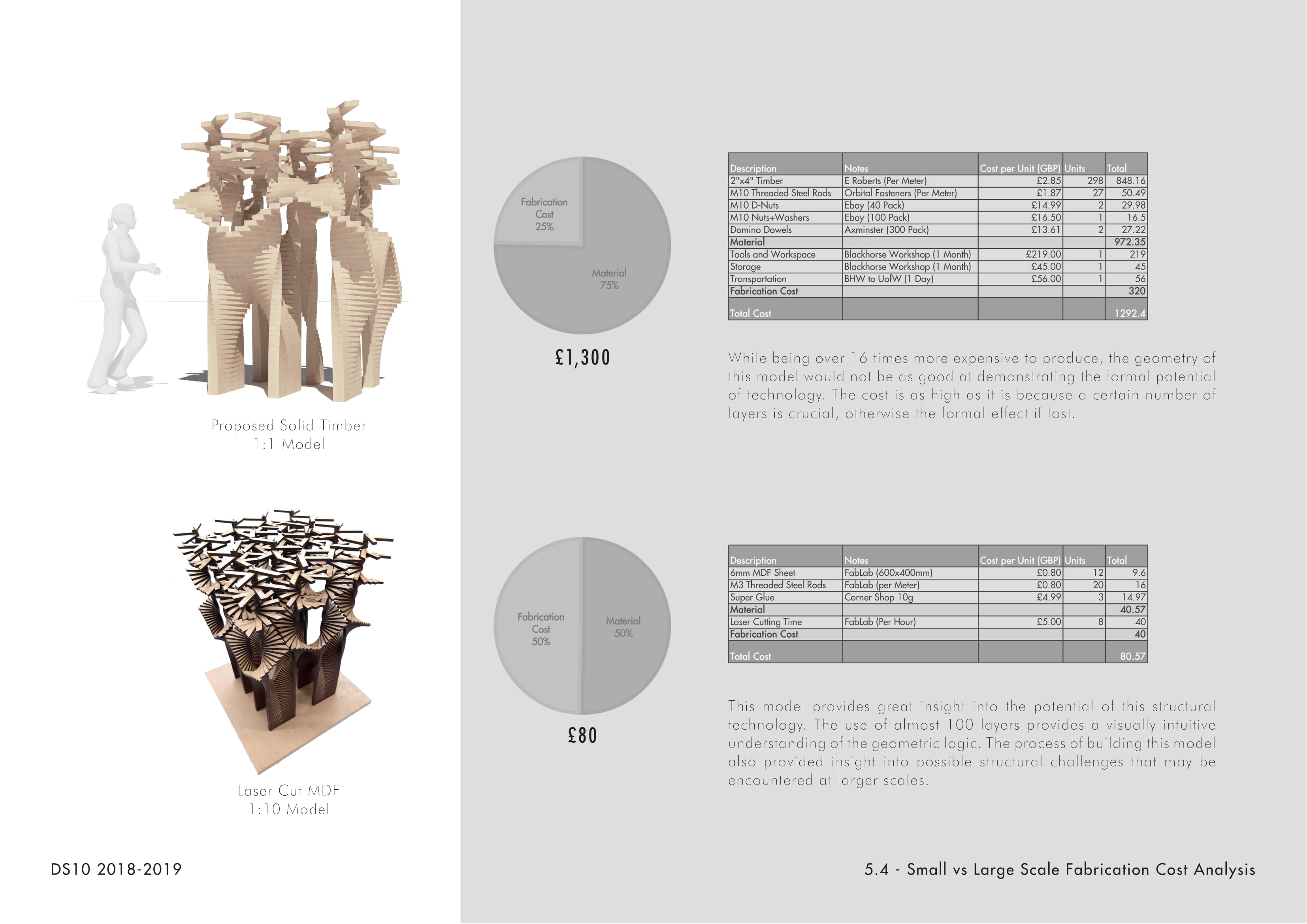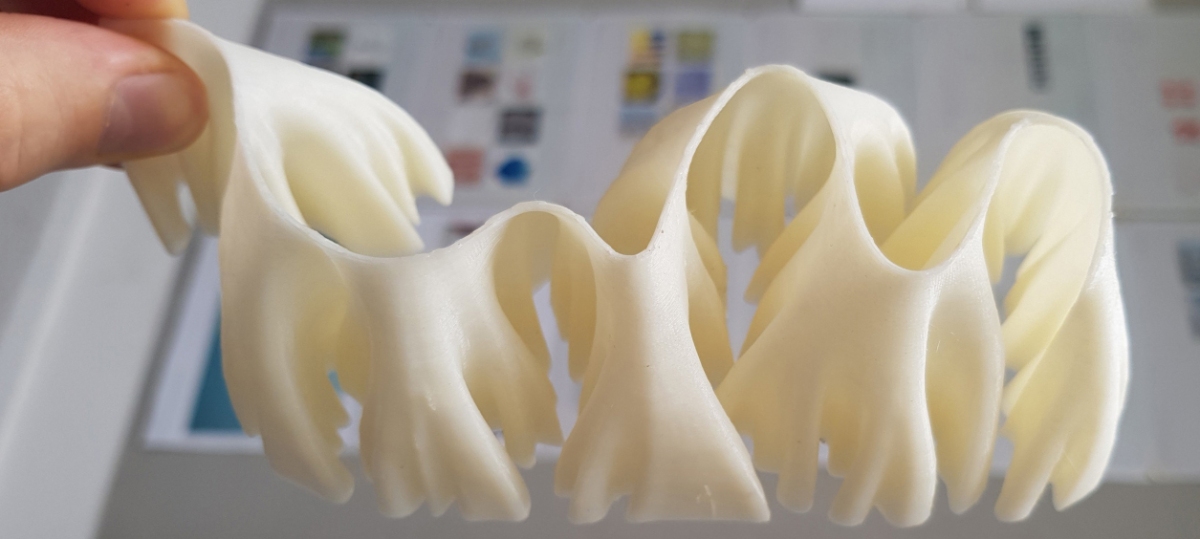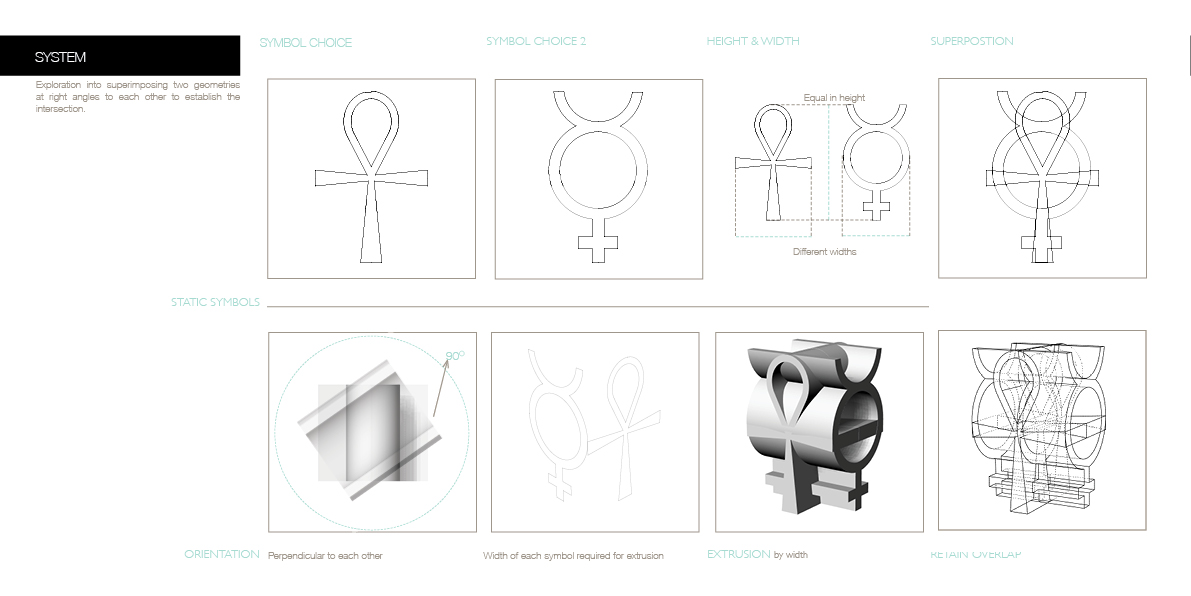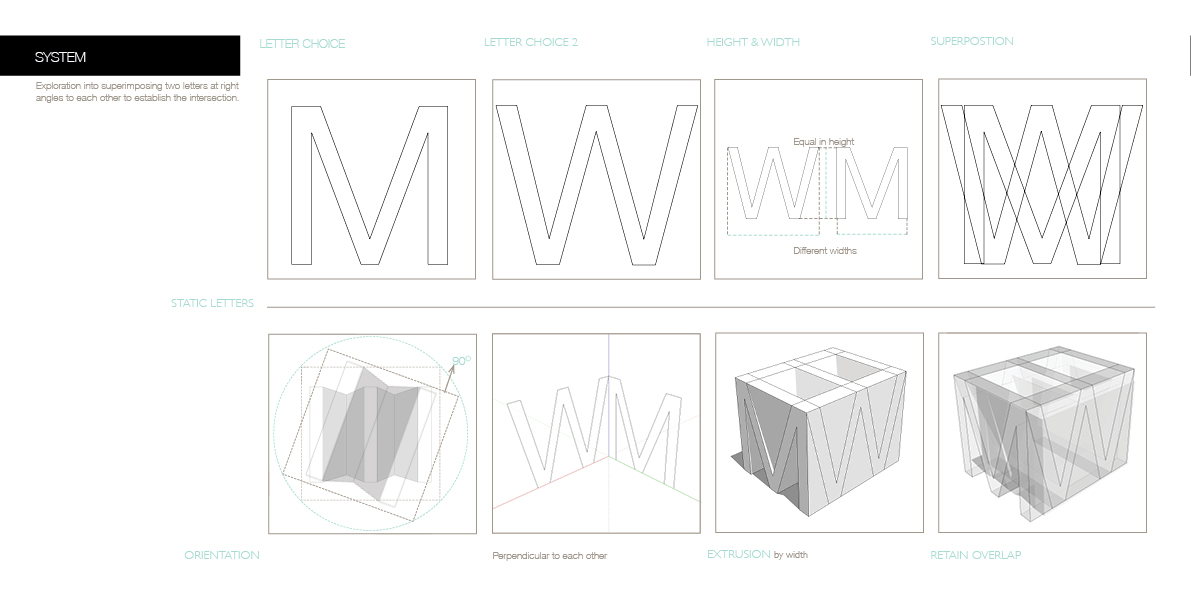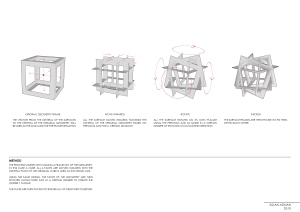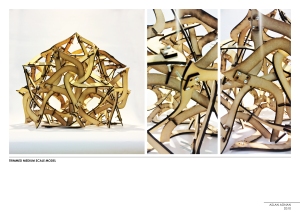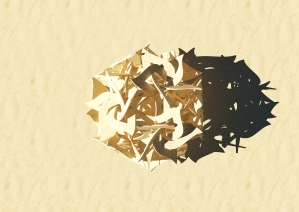Category: sculpture
Developing Space-Filling Fractals
Delving deeper into the world of mathematics, fractals, geometry, and space-filling curves.
Foreword
4.0 Classic Space-Filling
4.1 Early Examples
In 1890, Giuseppe Peano discovered the first of what would be called space-filing curves:

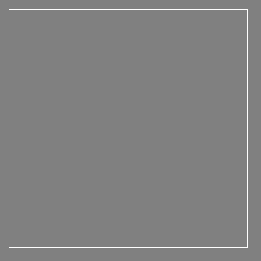
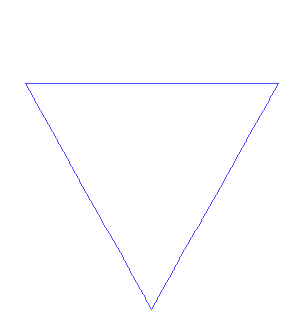
4.2 Later Examples
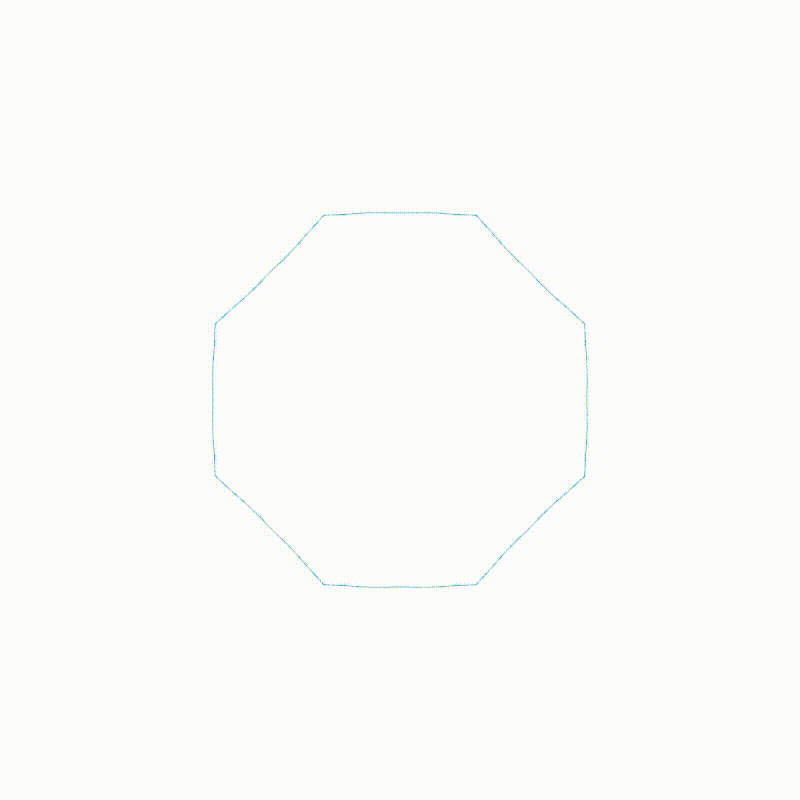
On A Strange Note:

5.0 Avant-Garde Space-Filling
5.1 The Traveling Salesman Problem
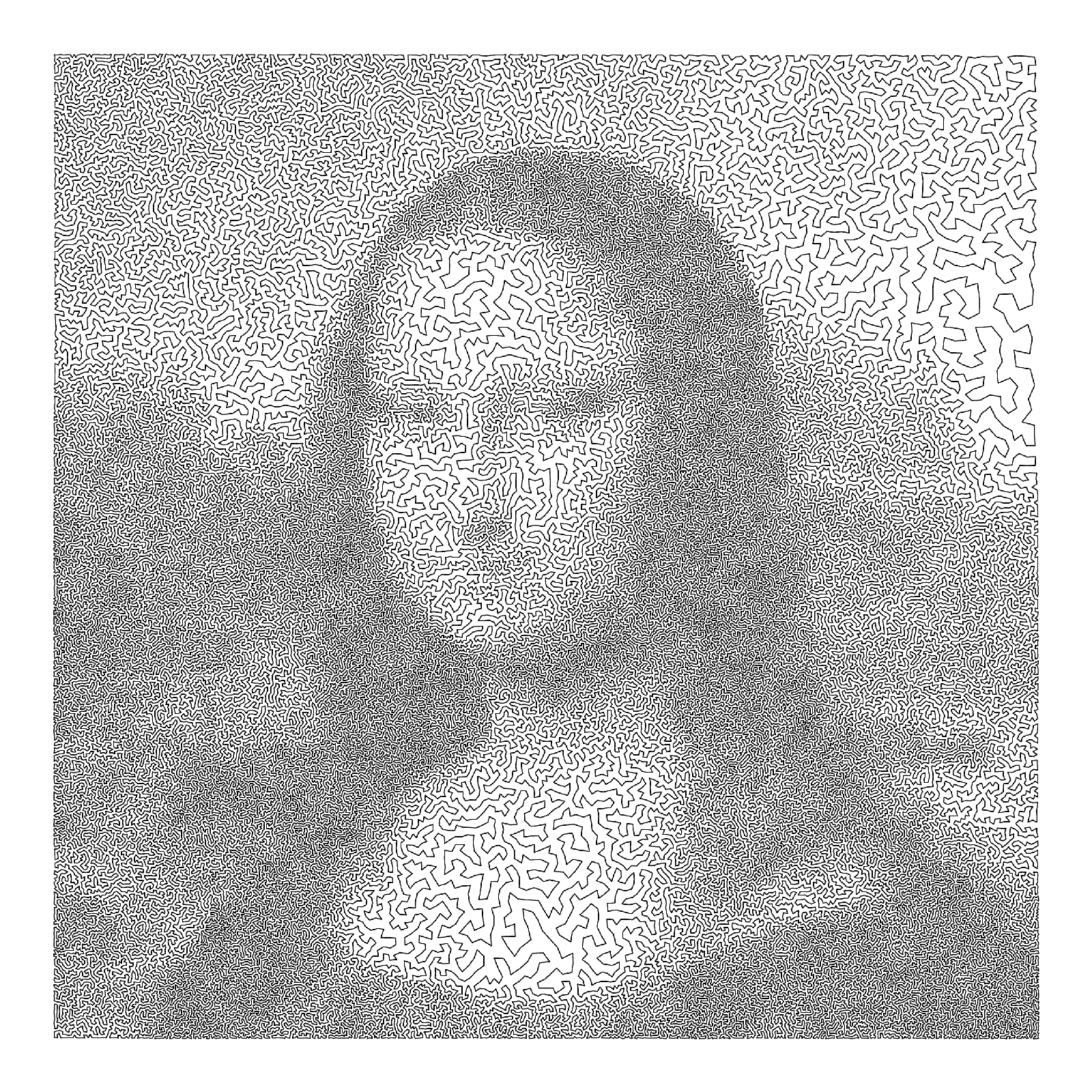
5.2 Differential Growth
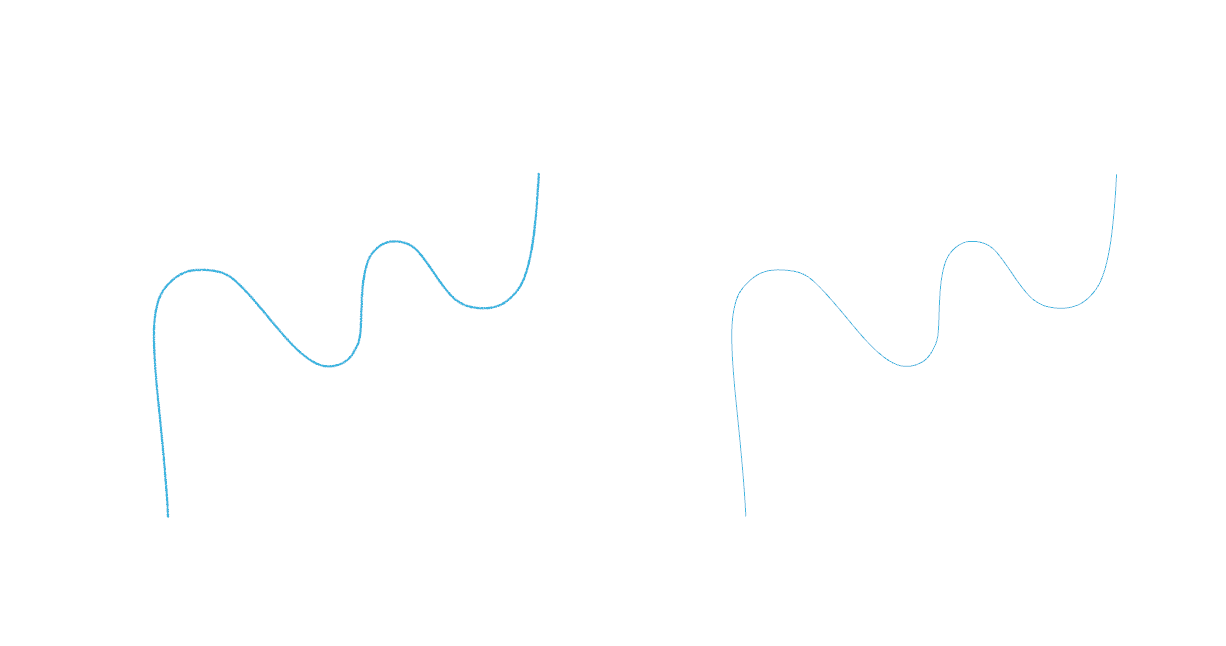
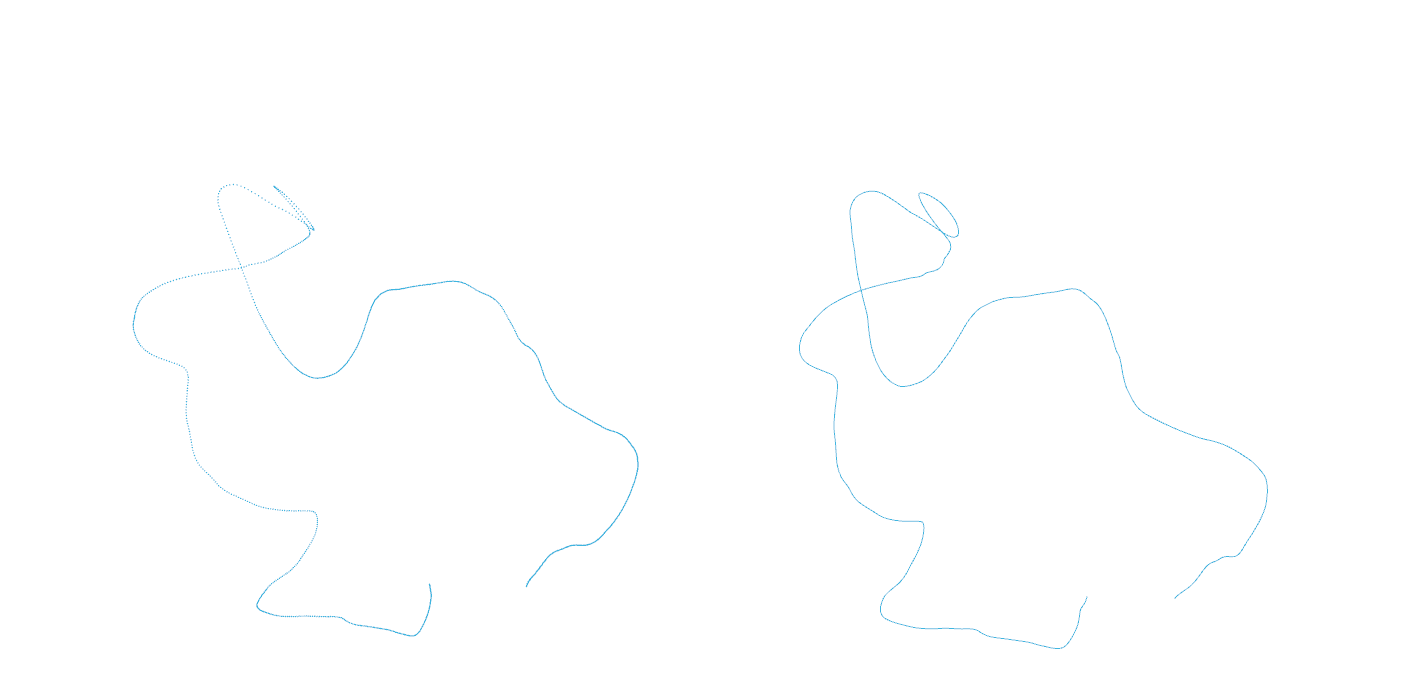
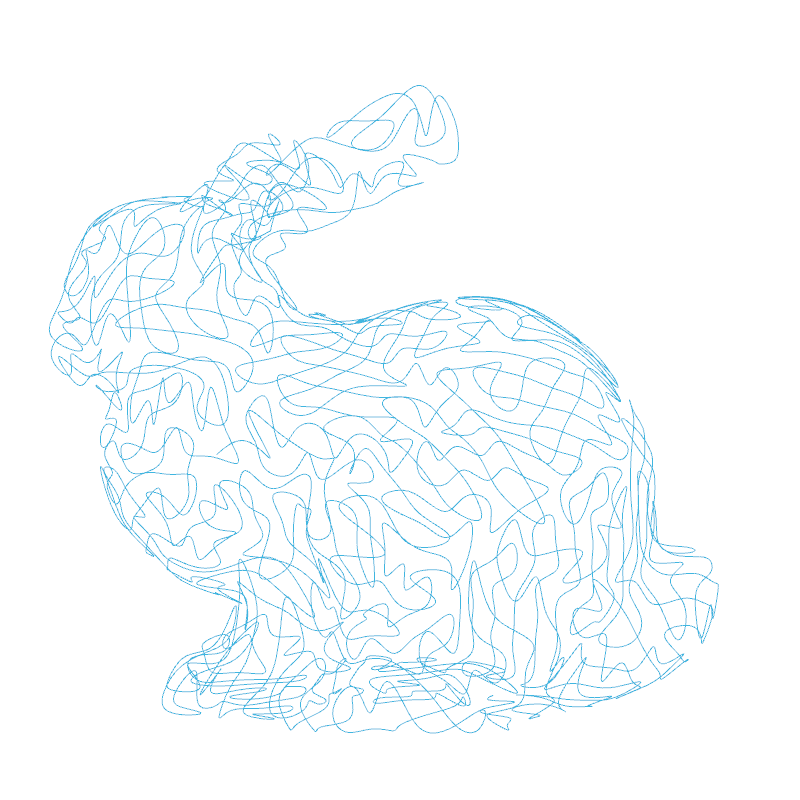
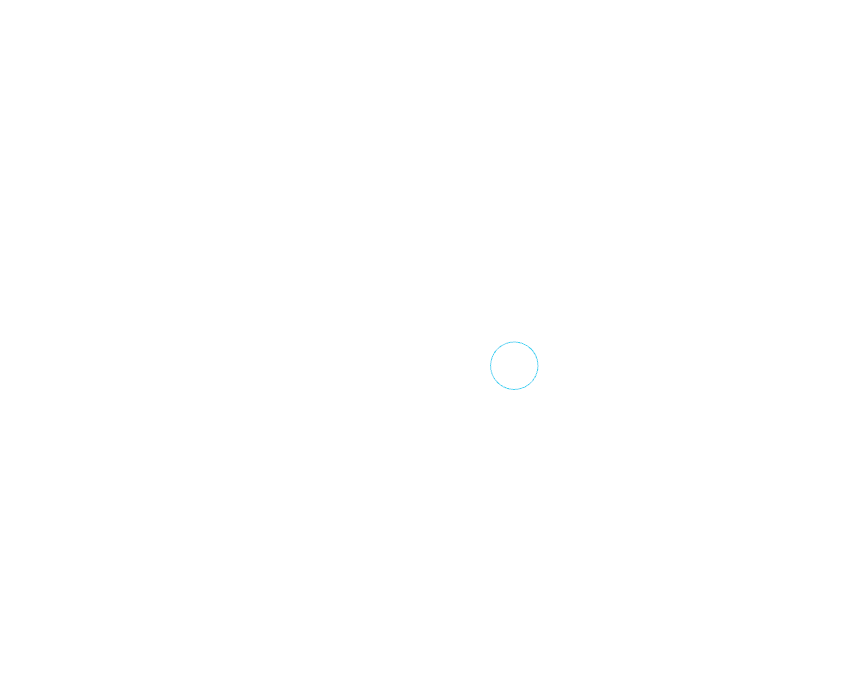
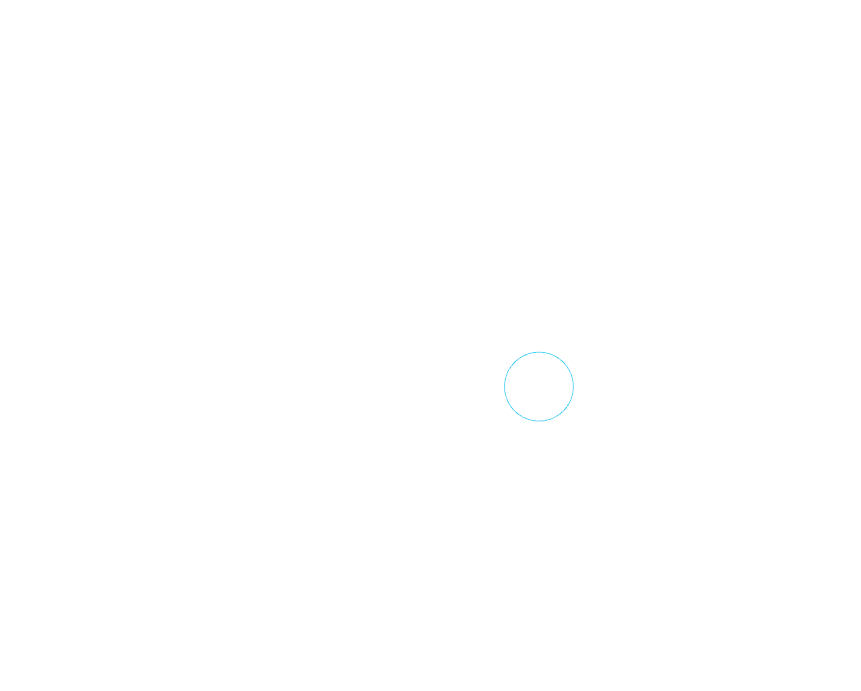
6.0 Developing Fractal Curves
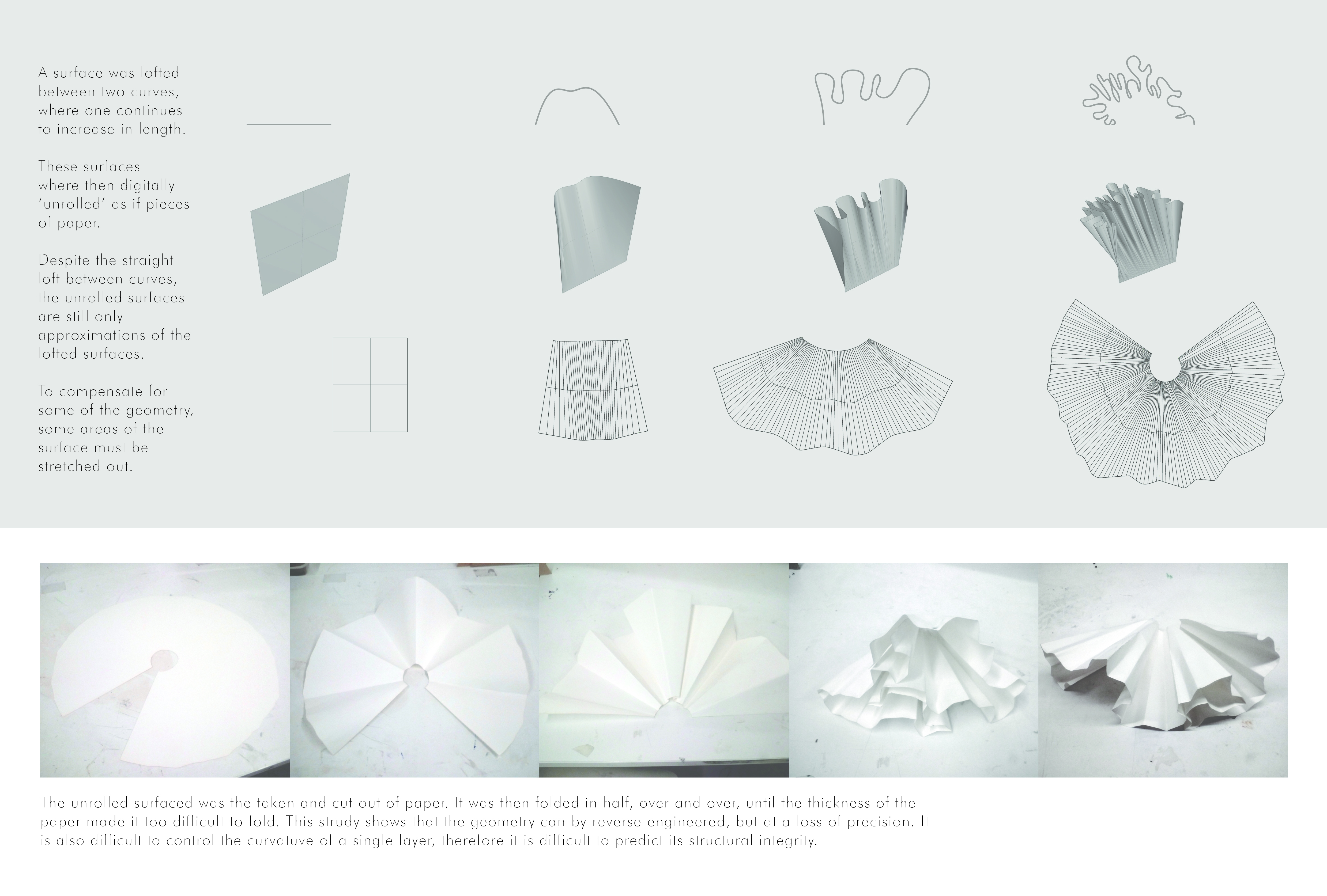
6.1 Dragon’s Feet
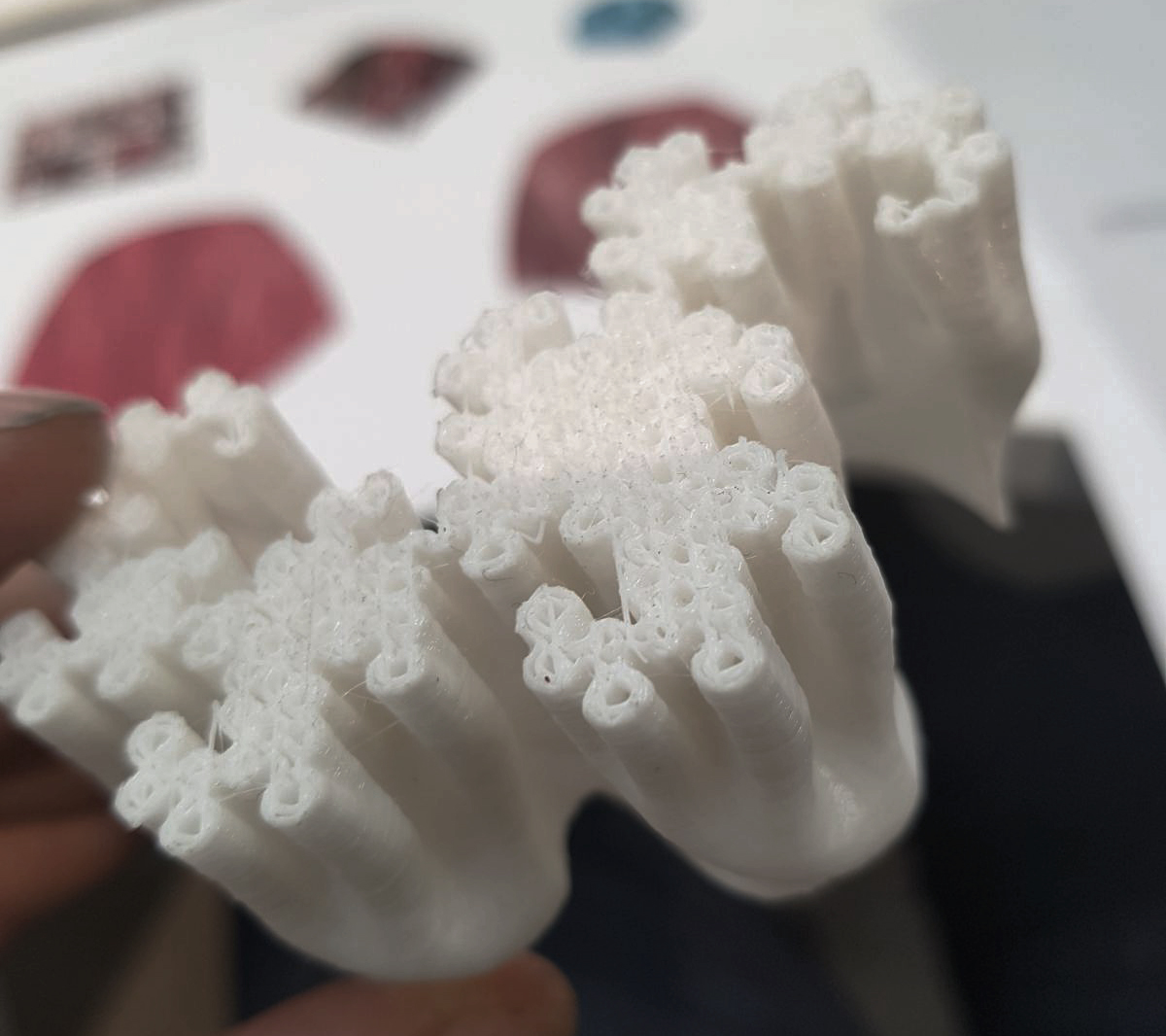
6.2 Hilbert’s Curtain
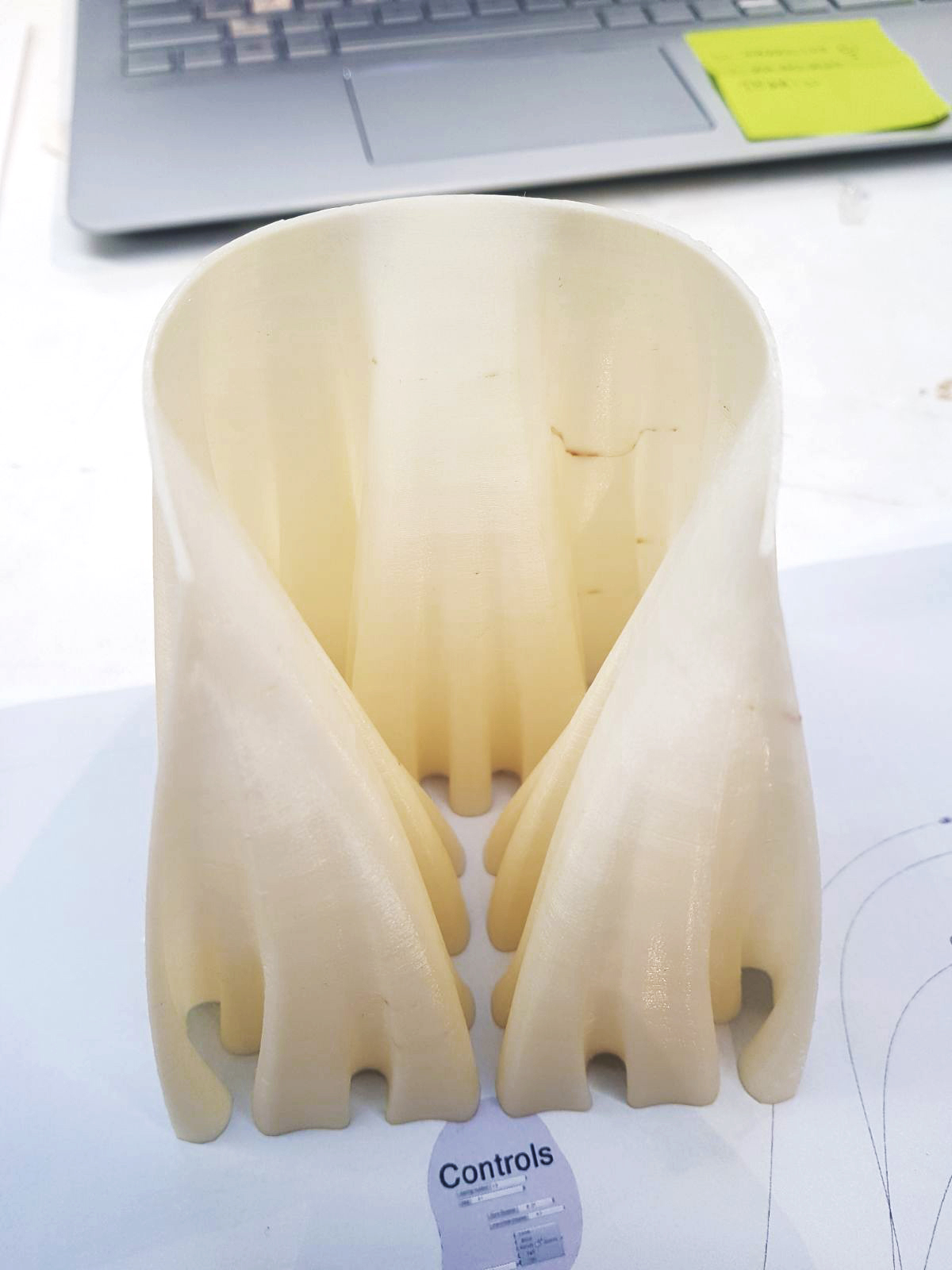
6.3 Developing Whale Curve
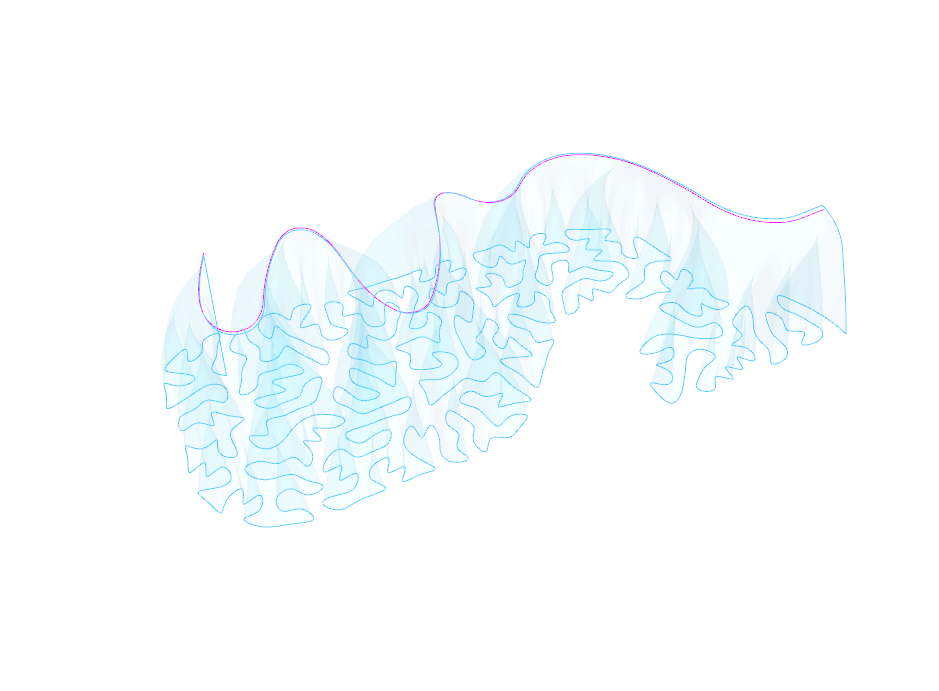
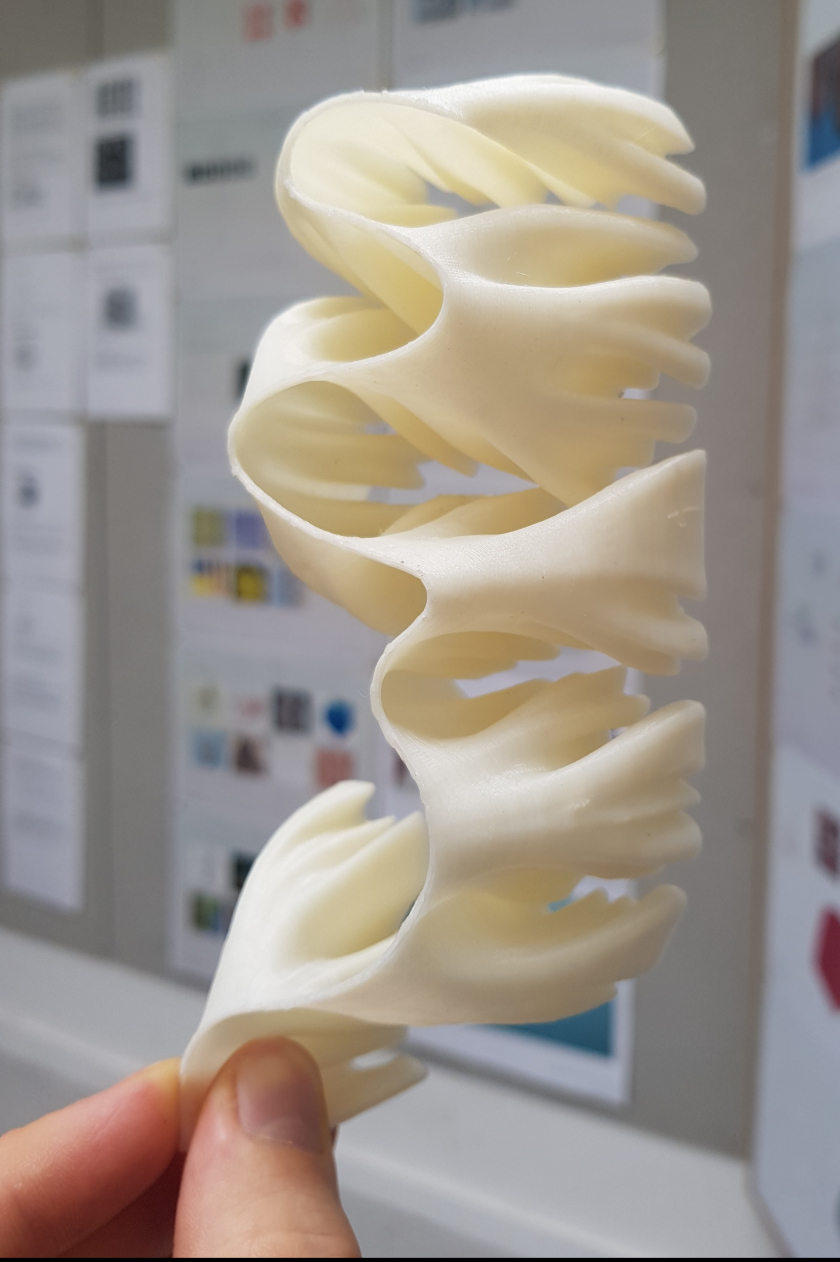
Duality
This project is a physical exploration of anamorphosis in three dimensions centred around the theme of duality. It aims to combine two widely recognisable figures into a pavilion that will attract burners, provoke debate, and catalyse interaction.
 The theme of this project arose from the realisation that even the most widely recognisable symbols contain multiple layers of meaning and mystery. Social, historical and sometimes even spiritual contexts give a symbol its perceived meaning. For example, while the Christian cross is a symbol of hope it is literally a scaled representation of an ancient torture device – an icon synonymous with good carries with it a darker elucidation. This interpretation led to the emergence of duality as a topic and a title. There are many symbols which have multiple meanings and nuances to those who interpret them.
The theme of this project arose from the realisation that even the most widely recognisable symbols contain multiple layers of meaning and mystery. Social, historical and sometimes even spiritual contexts give a symbol its perceived meaning. For example, while the Christian cross is a symbol of hope it is literally a scaled representation of an ancient torture device – an icon synonymous with good carries with it a darker elucidation. This interpretation led to the emergence of duality as a topic and a title. There are many symbols which have multiple meanings and nuances to those who interpret them.
 I began by looking at the Ankh, the Egyptian symbol for life/fertility. The Loop of the Ankh represents the feminine discipline or the womb, while the elongated section represent the masculine discipline or the penis. These two sacred units then come together and form life. This is a perfect representation of man and woman in perfect union. I then was led to study the symbol for mercury, which is used in botany to indicate a flower with both male and female reproductive organs.
I began by looking at the Ankh, the Egyptian symbol for life/fertility. The Loop of the Ankh represents the feminine discipline or the womb, while the elongated section represent the masculine discipline or the penis. These two sacred units then come together and form life. This is a perfect representation of man and woman in perfect union. I then was led to study the symbol for mercury, which is used in botany to indicate a flower with both male and female reproductive organs.
This duality of meaning in symbols led me to the desire to study how I could physically combine other symbols and forms to create one form. Anamorphosis, from the Greek anamorphōsis meaning ‘transformation,’ from ana- ‘back, again’ + morphosis ‘a shaping’, became an interesting opportunity to do just this.
I want to explore this theme using the iconic faces of Donald Trump and Kim Kardashian as instigators. From a random vantage point or even from up close, the subject matter of the piece is evidently unclear, the image changes until the viewer arrives at a specific pre-set location, only then does the likeness reveal itself. This echoes our warped perception of figures in limelight; anything the media choose to present to the world is an engineered production and if taken out of its context it becomes incomprehensible. My aim is to stir ambivalence among the burners, for them to engage in discussion with one another about these two incredibly famous personalities and what they seemingly represent.
As a physical entity, the sculpture is purposefully made durable enough to be able to endure the brunt of any elicited reactions. Its exposed surfaces are smooth, an open invitation to graffiti, carve or deface in any manner possible. It is large enough to climb and to gather within as a group – it only takes a spontaneous suggestion from a creative festival goer to give the sculpture another unforeseen use.
The aim of my proposed sculpture is to provoke an exchange of opinions and interactions between burners. It depicts two iconic and highly controversial public figures who personify two tremendously important issues that we as a society face today; political and social change.
As festival goers approach the installation, and the two widely recognisable faces reveal themselves, comments about the likenesses will spiral inevitably highlighting or at least touching upon the shift that these two personalities represent.
The sculpture’s physical form comprises of several spatial elements that lend themselves to fostering the kind of debates that I wished to promote. The hollow centre creates an enclosure, to enable hosting or housing for a meeting, it gives its participants a sense of protection; this is an open forum, please take part. The raised base on the peripheries can act as stages or podia. The expansive smooth external surfaces can act as billboards or banners, the skin of the sculpture will bear the physical outcome of the issues discussed here.
Whether people get photographed with it, or whether they deface, damage or even burn it to the ground, I will have succeeded if among any of the interactions the agenda was heard and a heartfelt reaction was made.
The sculpture will be made of 8mm CNC routed plywood sheets fixed to a heavy plywood formwork. Standing at 6m tall, one side will represent a 25:1 scale stencilled portrait of president-elect Donald Trump, the other side; the likeness of reality television personality and socialite Kim Kardashian. Much like the oblique anamorphosis incorporated in Holbien’s The Ambassadors, the sculpture’s subject matters will reveal themselves only from some 60m away, but from close up, the installation will seem like a mass of abstract wooden extrusions, something suggestive of an adult-sized climbing frame. Fluorescent LEDs recessed into junctions of the outer plywood skin layer will illuminate the piece at night.
The pavilion achieves the incredible feat of allowing the viewer to have a personal and intimate connection with it whilst also allowing for reflection. The two images are intended to bring moments of delight to viewers to allow for interaction even from a distance.
Combined with its symbolic and evocative power, it should indeed conjure a deeper sense of place and self, and bring a subtlety and complexity to what might have been just another pavilion.
Sine Curve Orderly Tangle
In the 1970s and 1980s Alan Holden described symmetric arrangements of linked polygons which he called regular polylinks or orderly tangle. The fundamental geometric idea of symmetrically rotating and translating the faces of a platonic solid is applicable to both sculpture and puzzles.
The process started with making a frame out of the geometry; in this case a cube. All 6 faces are moved inwards with the central point of the original cube is used as the origin axis.
Using the same origin, the faces of the geometry are then rotated along their axis at a certain degree to create the orderly tangle.
The faces are then thicken to ensure all of them fixed together.
Using the method as stated before, an icosahedron is used and different length of movement and degree of rotation is used to suit the shape.
—————————————————————–
Some images can be scanned using augmented reality apps called Augment.
Links to Augment apps:
iOS: https://itunes.apple.com/us/app/augment/id506463171
Android: https://play.google.com/store/apps/details?id=com.ar.augment
—————————————————————–
In this experiment, the edges of the icosahedron is replaced with sine curve.
In this experiment, the edges of the icosahedron is replaced with triangular curve.
In this experiment, the edges of the icosahedron is replaced with steps curve.
——————————————————–
The icosahedron sine curve edges is used to continue with further design. The original sine curve is manipulated using grasshopper to enable the shape to intertwine through itself and interlock without major intersection. This provide more ways to control the curve and makes it easier to assemble.
A small model is built to see how it holds together.
——————————————————–
After making the first small scaled model, i started to study on a more efficient jointings needed for the sine curve component as well as the interlocking component needed to connect the face together.
A medium sized model is built with the new jointing design.
——————————————————–
The sine curve polylinks created an icosahedron space on the inside. Each triangle face of the icosahedron corresponds to the sine curve geometry due to the initial process of replacing all the edges with sine curves.
In icosahedron, there is always surface that pairs in a parallel to each other, in this case 10 pairs of the 20 triangle faces. Based on this, i tried to use the surface as a floor plate for the structure. The whole geomtery is rotated so that one of the surface lays flat on the ground. The excess part is then removed.
The section shows the space inside with one of the triangle face acts as a floor plate.
—————————- EXPERIMENTS —————————-
Different experiments were carried out using the system as the basis for design. The experiments focus more on a different form other than the spherical nature of the system.
In this experiment, the polylinks is divided into two halves (each half contains 10 modular shape) and the bottom half is move to the side on the x- axis while still intertwine with the top half portion. Due to the adjustment, the bottom half is also slightly moved up on the z-axis to ensure no major intersection. This creates a more elongated structure with the system still intact. The process is repeated with each time the geometry still intertwine between the top and bottom half.The process is then repeated along the y-axis to create a planar design based on the shape.
——————————————————–
In this experiment, the polylinks is divided into two halves (each half contains 10 modular shape) and the bottom half is removed. The top half contains two component face that is in the same plane but different angle. These two will be used as a sharing planes to array the whole structure. The top half structure is then copied to the adjacent with the parallel face is lined up. The structures will intertwine at the sharing planes helping it to stay in place. The process is repeated with each time the geometry still intertwine at the sharing planes on each iteration.
——————————————————–
In this experiment, using one of the component face as a floor plate, the structure is rotated to lay the component face on the floor and all the excess (bottom) are removed. The opposite component face, which is in parallel to the one used as floor plate, will be used as the second floor plate. All the excess (top) are removed as well. The structure is then mirrored along the x and y plane to get a tower shape structure. The trimmed part where the excess are removed will connect with the new mirrored structure making them all connected.
—————————- BURNING MAN PROPOSAL —————————-
Desert Petal

